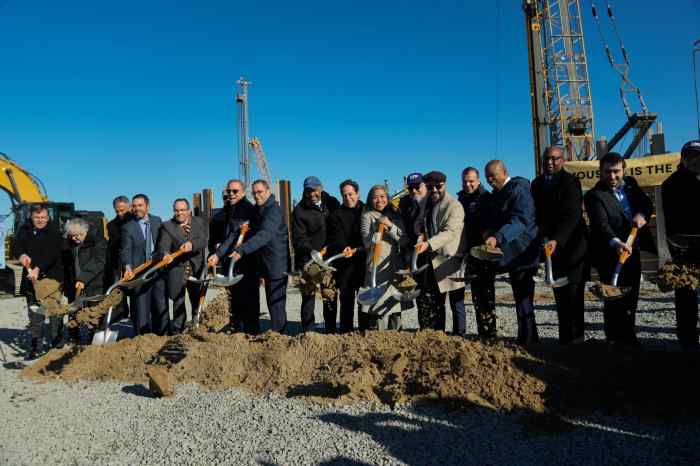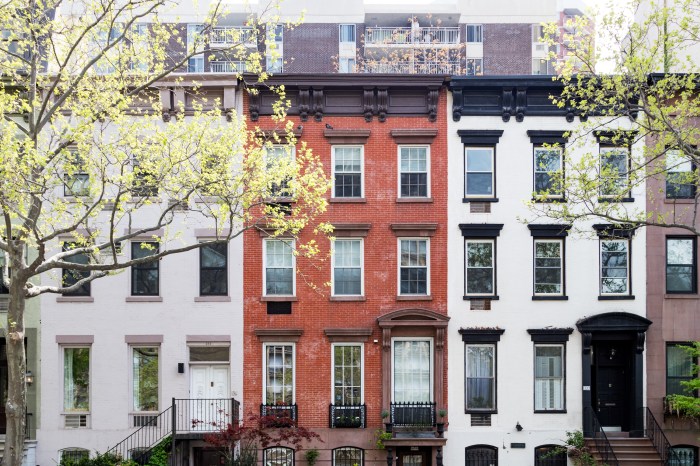BY H. CLAUDE SHOSTAL | Re “Is NID really needed, and who asked for it anyway?” (talking point, by Eileen Stukane, Feb. 21):
As a residential property owner within the boundaries of the proposed Hudson River Park Neighborhood Improvement District, I fully support the formation of the NID.
Hudson River Park and the other waterfront parks that have been developed over the past few years have brought us back to our harbor roots, improved our quality of life and vastly upgraded nearby neighborhoods and their property values.
I have had the good fortune to be involved in many of these efforts. Beginning as the general manager of the State Park Commission for New York City, I helped start the planning and construction of Riverbank State Park and opened Roberto Clemente State Park in the Bronx, the first state park in New York City. In that role and then working for the city, we helped to bring the South Street Seaport into being. Then as president of the Regional Plan Association, I served on the board of Riverside South with the creation of that waterfront park space as our highest priority. At R.P.A., we also led the efforts to create Governors Island as a great public open space and helped in the advocacy for Brooklyn Bridge Park and the evolution of its conservancy, on whose board I still serve. I also served on the steering committee with Al Butzel that spearheaded the creation of the Hudson River Park Trust.
The lessons from this experience are clear. First, the value of these parks to neighbors, users and the city as a whole is immense. Second, since the new state park investments of the early 1970s, all of the new waterfront parks came into being only as the result of a new model of public/private partnership. In this model, state and city government have come up with all or most of the capital funding, and private revenue streams account for most or all of the operating funds. These parks would not have happened if government had been looked at to bear the ongoing maintenance costs.
Third, waterfront parks are uniquely costly to maintain. The upkeep of bulkheads and piers built out into the water combined with exposure to waterfront weather, which is growing ever more severe, requires ongoing costly capital maintenance to keep these investments from crumbling in their difficult environments. Finally, looking to government to be responsible for this capital maintenance sentences these great new parks to a life of deterioration and decay.
The budget shortfalls facing Hudson River Park have been well documented and are alarming. Filling the gaps will require a variety of new revenue sources and probably state legislation to permit some of them. The proposed neighborhood improvement district takes a proven tool that has served many commercial and residential areas extremely well and adopts it imaginatively to the needs of Hudson River Park. It is a tool that other parks would be wise to investigate.
The Hudson River Park NID proposal has been diligently researched and exhaustively vetted. It is reasonable, it is prudent and it is necessary. Government has done its part. It is now time for us — local residents and businesses — to do our part and support the creation of the Hudson River Park NID.
Shostal is a residential property owner within the boundaries of the proposed Hudson River Park NID

















